Glittering Stones » Gemstone Reports » American Gem Society Lab Report(AGS)
Lab Report of American Gem Society
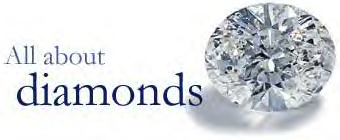
The American Gem Society (AGS) is a trade association of retail jewelers, independent appraisers, suppliers, and selective industry members, which was founded in 1934 by Robert M. Shipley, who also founded the (GIA). Members are held to a high code of ethics with emphasis on consumer protection and education.
Why AGS Laboratories?AGS Laboratories’ diamond grading reports offer easy-to-read grading scales. AGS diamond grading reports provide you with all the information you need to make the best, most informed buying decision. The objective of AGS Laboratories is simple, to offer quality diamond grading information that is user-friendly and set to the highest standards. The mission of the laboratory also supports the mission of the American Gem Society which is based on three key principles. Consumer Protection |
AGS Diamond Quality
Cut |
CutA Diamond Cut is the style or design guide used when shaping a diamond for polishing such as the Brilliant Cut. Cut does not refer to shape (pear, oval), but the symmetry, proportioning and polish of a diamond. The cut of a diamond greatly impacts diamond brilliance, this means if the cut is bad, it will be less luminous. Many of the people think that Cut is just the shape of the diamond (round brilliant, princess, emerald, oval, etc.) but it is so much more! Diamonds must be cut and polished in order to release their true beauty. It is only when the smooth facets are polished on the diamond that it truly comes to life. A little knowledge about how diamonds are shaped in nature and what a cutter must do to make them sparkle will help you understand Cut. It is the diamond’s cut that will make a person fall in love with it. A diamond can be flawless and colorless, but it will not be beautiful if it does not dance with light. Good diamond cutting also can disguise lower color and can override lower clarity due to dazzling light return. |
ColorHow the diamond colors graded?
|
ClarityDiamond clarity is a quality of diamonds relating to the existence and visual appearance of internal characteristics of a diamond called inclusions, and surface defects called blemishes. Clarity is one of the four Cs of diamond grading, the others being carat, color, and cut. Inclusions may be crystals of a foreign material or another diamond crystal, or structural imperfections such as tiny cracks that can appear whitish or cloudy. The number, size, color, relative location, orientation, and visibility of inclusions can all affect the relative clarity of a diamond. A clarity grade is assigned based on the overall appearance of the stone less than 10x magnification.
When a diamond is graded for clarity, the diamond grader uses a binocular microscope and specific lighting to locate, identify and plot the diamond’s characteristics, then considers the effect these have on the diamond’s appearance and/or durability. The grader assigns a final grade with a 10 x loupe. Diamonds without inclusions or blemishes are rare; however, most characteristics can only be seen with magnification. |
Carat Weight
This is the diamond’s physical weight measured in metric carats. One carat equals 1/5 gram and is subdivided into 100 points. Carat weight is the most objective of the diamonds 4Cs. It involves no estimates, comparisons, or judgments. All that is required is a precisely balanced scale capable of weighing extremely small weights.
|
NOVEMBER BIRTHSTONE - CITRINE
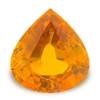
COMMEMORATIVE EVENT - 13th Anniversary
KEYWORDS - Success, Abundance, Personal Power
ALSO KNOWN AS - Merchant's stone, Success stone
COLORS - Pale yellow to brown
OCCURRENCE - Brazil
COLOR ZONING - Tiger stripes or Zebra stripes


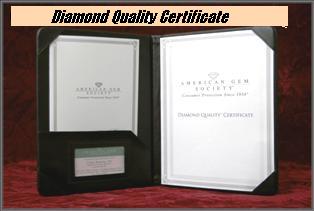 Here’s what you should consider before buying a diamond: Cut, Color, Clarity, Carat Weight. These are known as the
Here’s what you should consider before buying a diamond: Cut, Color, Clarity, Carat Weight. These are known as the 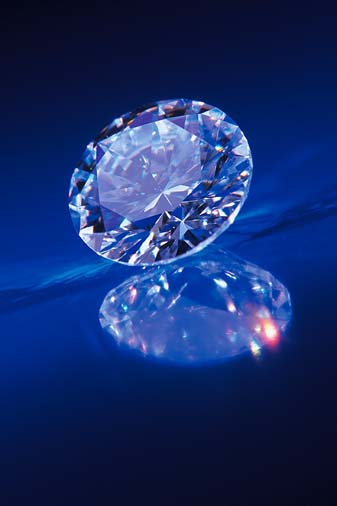
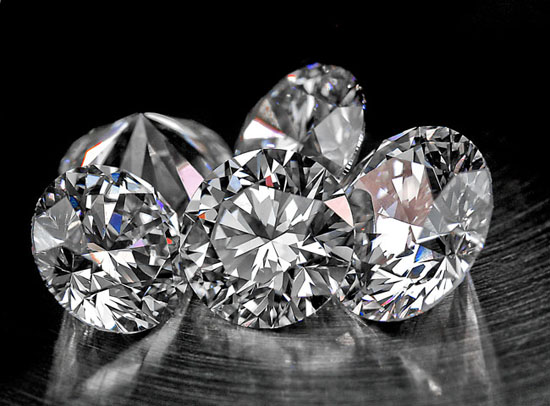
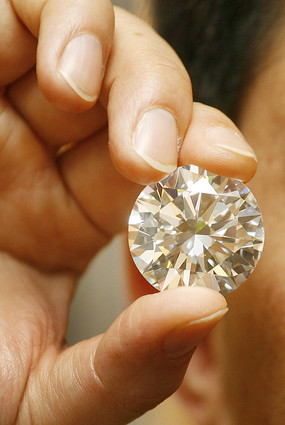 Carat weight is the weight of the diamond measured in carats. One carat is divided into 100 "points" so that a diamond of 75 points weighs 0.75 carats.
Carat weight is the weight of the diamond measured in carats. One carat is divided into 100 "points" so that a diamond of 75 points weighs 0.75 carats. 